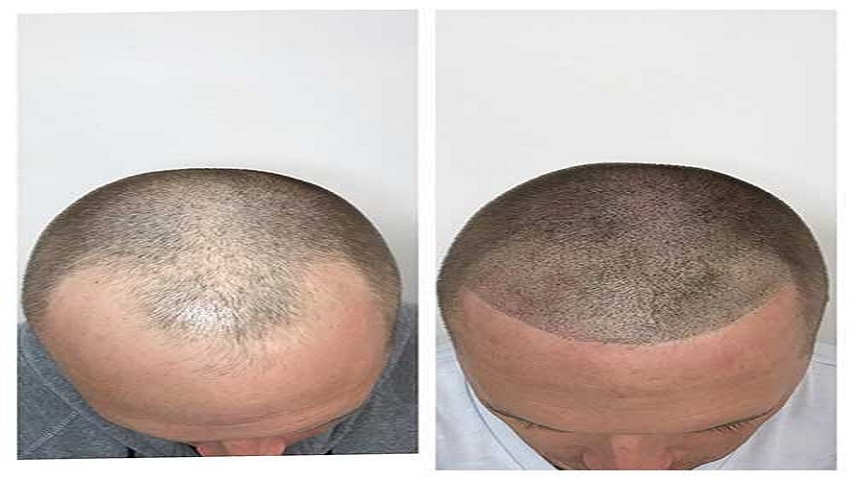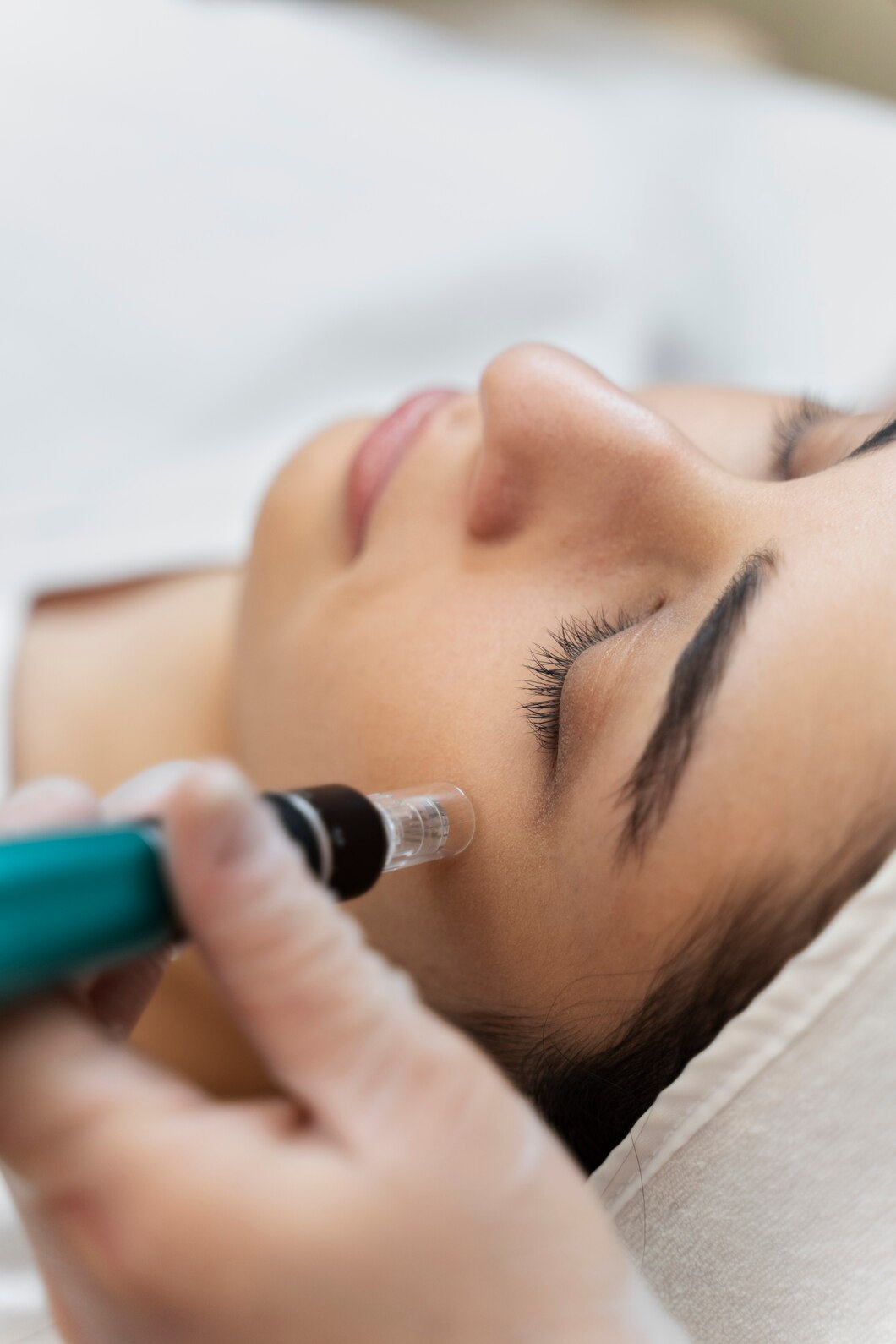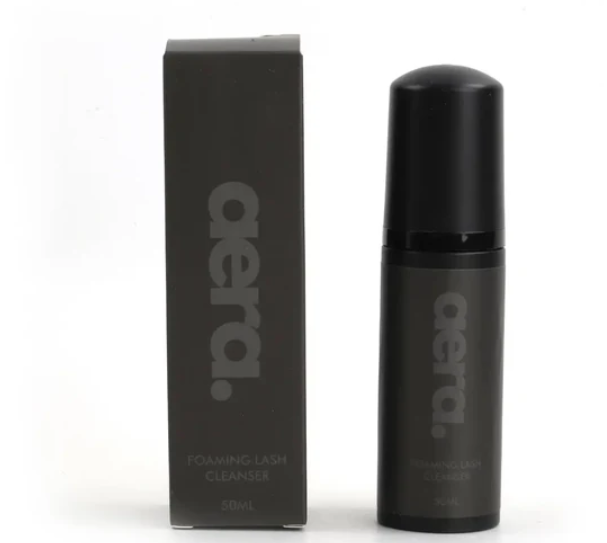We all crave soft, shiny, and manageable hair. But daily exposure to heat styling, harsh weather, pollution, and chemical treatments can leave your hair brittle, frizzy, and rough to the touch. The secret to reversing this damage and achieving smoother hair lies in a crucial element that forms the very foundation of each strand: protein.
Understanding how protein works to repair and revive hair texture helps us choose the right treatments and products for long-lasting results. Let’s explore the science behind it.
Why Protein Matters for Hair Health
Hair is made up of a protein called keratin, which gives it strength, elasticity, and structure. When hair is healthy, the keratin bonds are intact, and the cuticle (outermost layer) lies flat, resulting in smooth and glossy strands.
However, when your hair is exposed to chemical processing, heat styling, or harsh shampoos, the protein structure begins to break down. This leads to porous, weakened hair with split ends, frizz, and dullness. Essentially, the “glue” holding your hair together starts to weaken.
This is where protein treatments come in—they help replenish lost keratin, reinforce hair shafts, and smoothen rough textures from the inside out.
How Protein Repairs Hair: The Science Explained
When your hair becomes damaged, microscopic holes and cracks form along the hair shaft. Protein treatments work by filling in these gaps with hydrolyzed proteins—proteins that have been broken down into smaller molecules so they can penetrate the hair shaft more effectively.
Here’s how protein helps revive your hair texture:
1. Restores Structural Integrity
Hydrolyzed proteins like keratin, wheat, silk, or soy protein bond to the damaged areas of the hair shaft, temporarily patching up weaknesses. This strengthens the hair from within and helps reduce breakage and split ends.
2. Improves Smoothness and Elasticity
Protein not only fortifies but also improves the hair’s ability to stretch without breaking. The smoother cuticle layer reflects more light, giving hair a shinier appearance and softer touch.
3. Reduces Frizz and Flyaways
Frizzy hair is often a result of raised or damaged cuticles. Protein-rich treatments flatten these cuticles, sealing moisture within and reducing unwanted volume and roughness.
4. Boosts Moisture Retention
While protein isn’t a moisturizer, it indirectly helps the hair retain moisture by sealing gaps and creating a stronger barrier against environmental stressors.
Signs Your Hair Needs Protein
Not sure if your hair is protein-deficient? Look out for these signs:
- Excessive breakage
- Rough or straw-like texture
- Loss of elasticity (hair snaps easily when stretched)
- Limp, lifeless appearance despite moisturizing
If any of these apply to you, a protein boost might be just what your hair needs.
Incorporating Protein Into Your Hair Care Routine
You don’t always need an in-salon treatment to benefit from protein. Many at-home masks, conditioners, and leave-in products contain hydrolyzed protein to strengthen and smooth hair. However, balance is key. Too much protein can make your hair feel stiff or brittle. Aim to use a protein treatment once every 2–4 weeks, depending on the level of damage and your hair type.
For best results, pair protein care with adequate moisture—hydrating shampoos, deep conditioners, and oils—to keep your hair resilient and soft.
Conclusion: Stronger Protein, Smoother Hair
Smooth, silky hair doesn’t come from a quick fix—it comes from restoring what your hair loses over time. Protein treatments go beyond surface-level shine. They repair, strengthen, and bring back the natural smoothness and bounce of healthy hair. So, if your locks feel rough, tired, or brittle, it might be time to give them a dose of what they’re truly made of—protein.
Investing in protein care is investing in the long-term beauty and health of your hair. After all, smoother strands start with stronger science.



